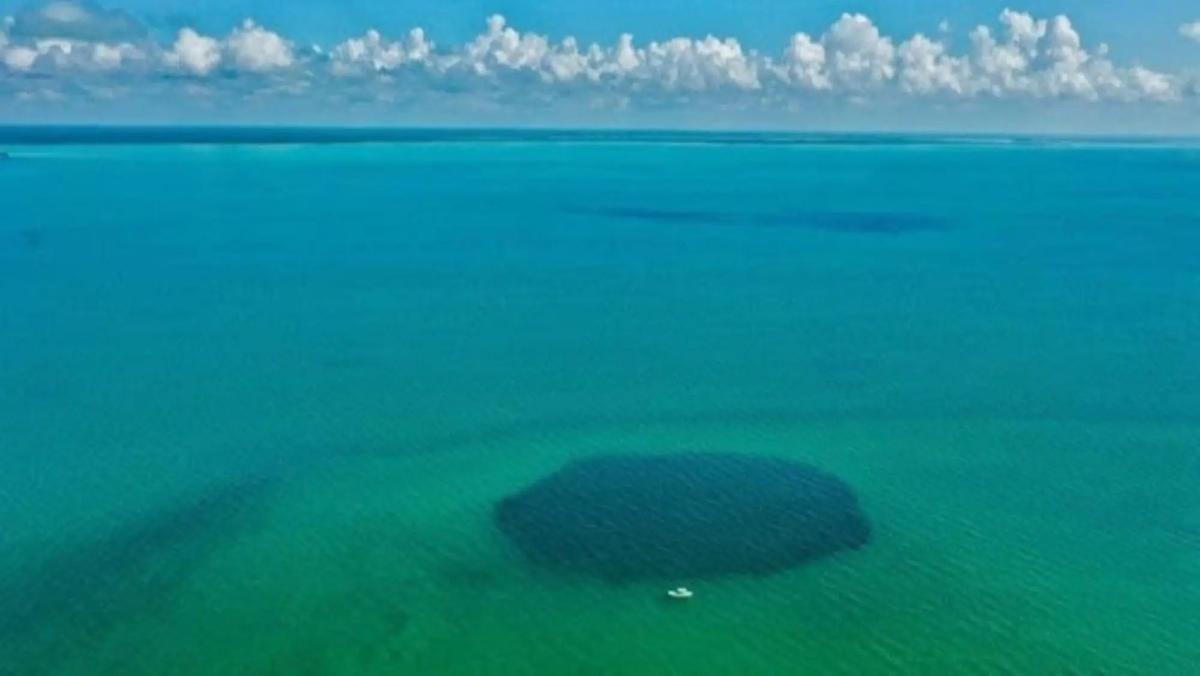No One Knows the Actual Depth of This World’s Deepest Sinkhole, Nearly as Tall as Chicago’s Trump Tower
The “deepest-known” under-ocean sinkhole on the planet has been discovered—and it’s so deep that researchers haven’t reached the bottom yet.
Scientists call it a “blue hole” or “karst cave,” and it was extensively explored during a scuba-diving expedition to Chetumal Bay, off the coast of Mexico’s Yucatan Peninsula, last December.
A recent investigation shows that the Taam Ja’ Blue Hole (TJBH) extends at least 420 meters below sea level. To give some perspective, this is almost as tall as the Trump Tower in Chicago at 423 meters and 100 meters deeper than the Eiffel Tower in Paris at 324 meters high.

The scientists believe that there may be a vast network of caves and tunnels within the huge hole, potentially offering a habitat for unexplored biodiversity.
Mexican researchers first learned about the TJBH from local fishermen. While the cavern was initially found in 2021, it’s only now that oceanographers have been able to dive deeper into its enigmatic depths, using advanced equipment to obtain more precise measurements.
Marine sinkholes like TJBH are notoriously difficult to access due to the presence of hydrogen sulfide, a toxic gas resulting from centuries of decaying bacteria and plant matter trapped inside. Divers require high levels of expertise and specialized equipment to navigate their dark waters and to measure them accurately.

During the recent expedition to TJBH, researchers used a Conductivity, Temperature, and Depth probe (CTD) to determine the maximum depth of the hole. Unfortunately, the device stopped at 1,380 feet, possibly due to hitting a ledge or being affected by underwater currents.
The current plan is to obtain a precise depth measurement on their next research trip.

What is certain is that the Mexican sinkhole known as Taam Ja’—which translates to “deep water” in Mayan—is currently the deepest underwater cavern known.
Previously, the world record for the deepest blue hole belonged to Sansha Yongle Blue Hole in the South China Sea, measuring 990 feet deep. Other famous marine sinkholes include Dean’s Blue Hole in the Bahamas (663 feet deep), Dahab Blue Hole in Egypt (394 feet deep), and the Great Blue Hole in Belize (approximately 410 feet deep).






